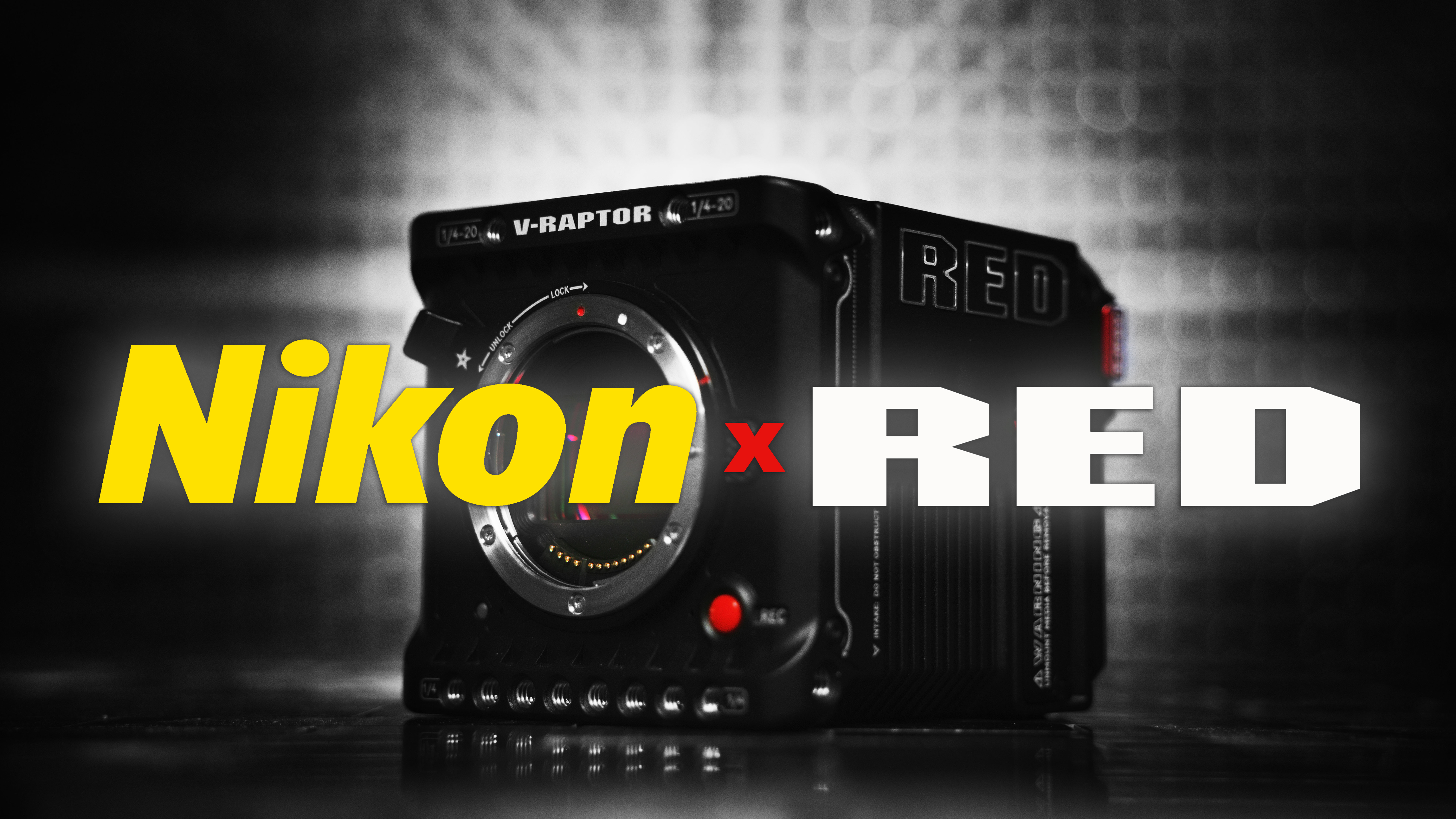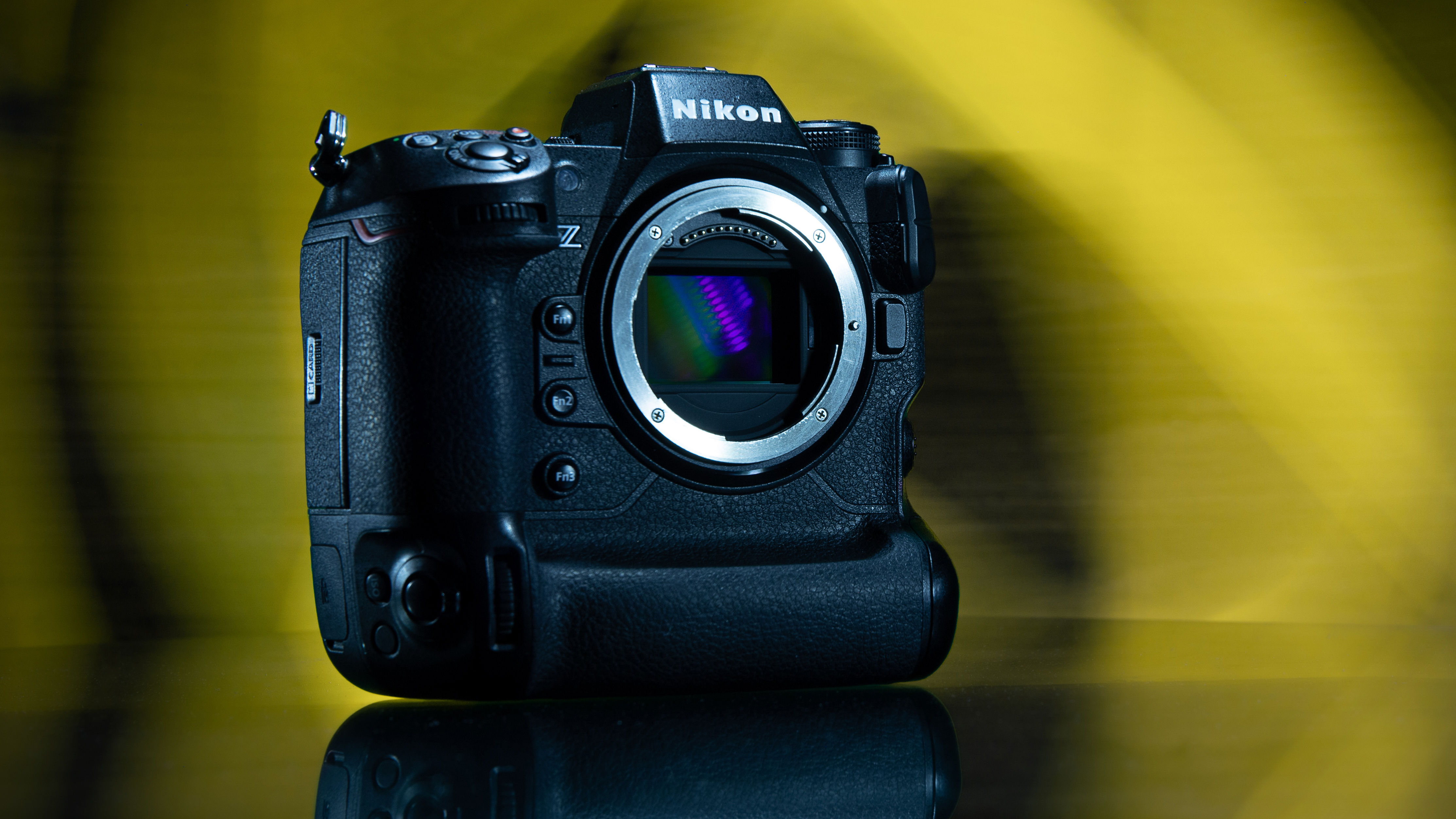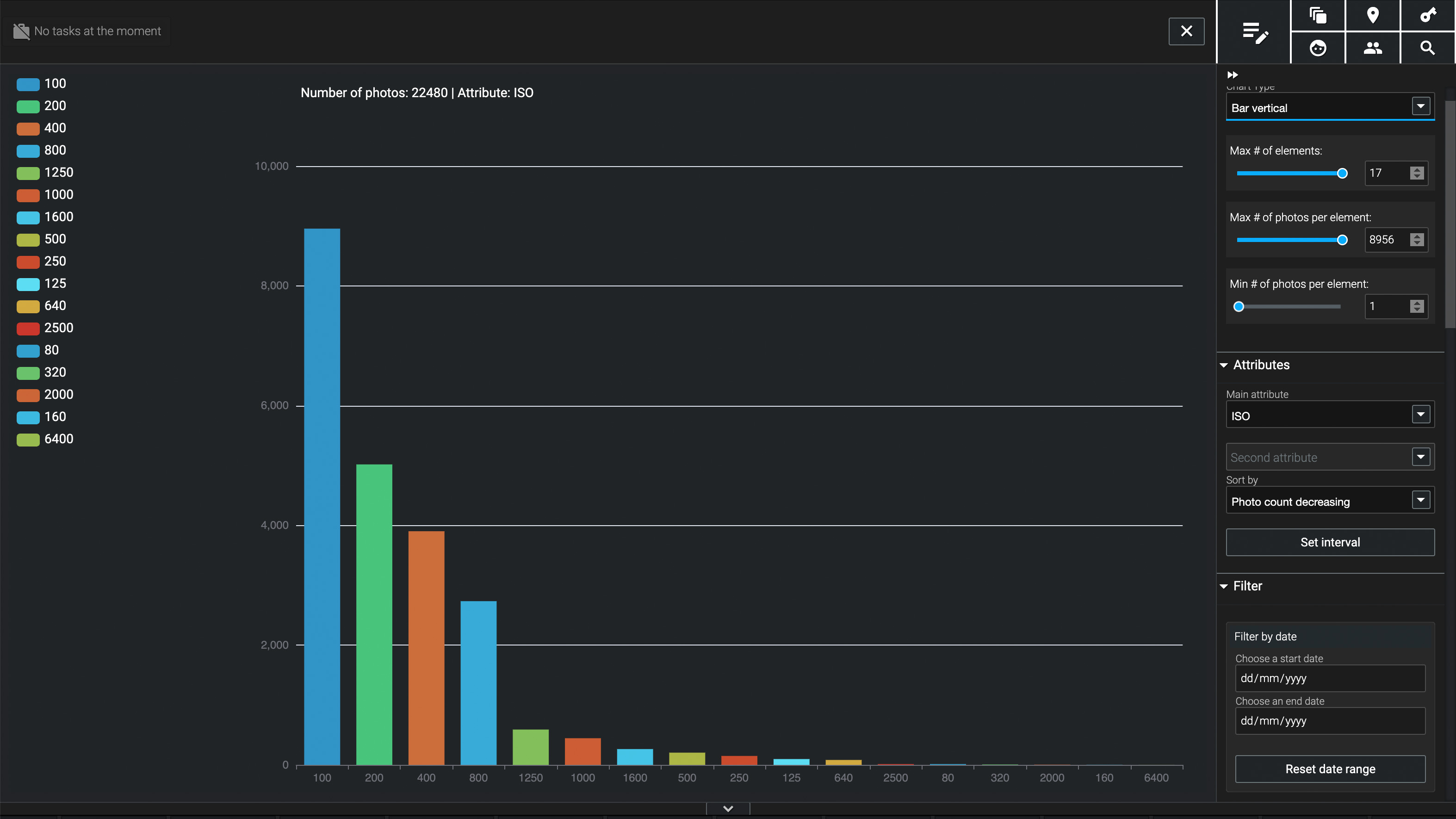Nikon replacing Canon on cinema cameras? Here's what to expect from the Nikon-Red acquisition
R3D RAW and co-developed sensors are just a few things that could happen, now that Nikon owns Red

If you haven't heard on the grapevine that camera goliath Nikon has bought cinema camera giant Red, then I've no idea what rock you've been living under for the past week! But it's true: in a bizarre turn of events that I think no one saw coming, Nikon now owns Red.
Of course, since this announcement, the rumor mills have been churning out rumblings of what this acquisition could mean for Nikon and Red cameras going forward – and I'm here to separate the wheat from the chaff.
I've been a Red user for over eight years, and been interested in the brand long before that. I actually saw the brand offer Nikon F-mount options with the Red One, and then saw it ditch that later for the Canon EF mount. But is the Nikon mount coming back to Red?
I have seen a list of "possible" options from Nikon Rumors and, while some seem farfetched to me, others could be a great move for both companies going forward.
![RED V-RAPTOR XL [X]](https://cdn.mos.cms.futurecdn.net/z7ynLZaMm8Mr4mARba8387.jpg)
R3D RAW
I think the most sought-after feature that all Nikon users want is the R3D RAW video codec that Red cameras are renowned for. This proprietary codec has given filmmakers massive control over how their visuals can look – in fact, I once shot an interview piece that I completely overexposed, and with the R3D RAW file I was able to bring the levels down to such a degree that you wouldn't know there was even a problem. It's that good!
But I don't think we will ever see that arrive on Nikon cameras. I mean, think about it: the R3D codec is one of the main draws to spending the massive bucks on a Red camera in the first place. Why would you spend $40,000 on a Red camera if a Nikon Z9 successor could also shoot in R3D RAW for a fraction of the price? It just doesn't make sense financially.
Z-mount on Red cameras
I can see this being a very viable option, and might bring users over to using Red cameras. Today you can order Red digital cinema cameras in either a PL or a Canon RF mount, so if you don't have the Hollywood budget for PL lenses then the only option is to buy Canon glass.
Get the Digital Camera World Newsletter
The best camera deals, reviews, product advice, and unmissable photography news, direct to your inbox!
If the new Red cameras launch with a Nikon Z mount, that opens up a whole world of possibilities – and more importantly, opportunities for Nikon users and the company itself to produce cine lenses just for video use. Which in turn can be used on Red cameras and Nikon Z-system cameras alike.

Red sensors in Nikon bodies
This is an interesting one. Not only does Red work endlessly to produce the best sensors out there for video, it also fine-tunes them to produce some of the best visuals. Could Red and Nikon co-develop sensors and mass produce them? Yes, they could. Will they? I'm not sure, as Nikon is currently using Sony sensors in its cameras – but now that it owns Red, this does open the door to producing its own sensors and technology. It's an interesting idea, and would certainly cut the costs down, so let's watch this space closely!
This new acquisition certainly opens the doors to a much wider audience for both brands. However, some lines will need to be drawn to keep both companies viable in their respective fields. After all, they still want customers to buy a $40K Red cinema camera, with other people buying a $5K camera with 8K video capabilities.
There are certainly a lot more questions than answers, but I'm sure we will get an announcement or statement soon on how these goliaths will move forward – and when they do, you'll be sure to find us talking about it!
You might be interested in the best cinema cameras and the best 8K cameras, along with the best cameras for filmmaking in general.`

For nearly two decades Sebastian's work has been published internationally. Originally specializing in Equestrianism, his visuals have been used by the leading names in the equestrian industry such as The Fédération Equestre Internationale (FEI), The Jockey Club, Horse & Hound, and many more for various advertising campaigns, books, and pre/post-event highlights.
He is a Fellow of the Royal Society of Arts, holds a Foundation Degree in Equitation Science, and holds a Master of Arts in Publishing. He is a member of Nikon NPS and has been a Nikon user since his film days using a Nikon F5. He saw the digital transition with Nikon's D series cameras and is still, to this day, the youngest member to be elected into BEWA, the British Equestrian Writers' Association.
He is familiar with and shows great interest in 35mm, medium, and large-format photography, using products by Leica, Phase One, Hasselblad, Alpa, and Sinar. Sebastian has also used many cinema cameras from Sony, RED, ARRI, and everything in between. He now spends his spare time using his trusted Leica M-E or Leica M2, shooting Street/Documentary photography as he sees it, usually in Black and White.
